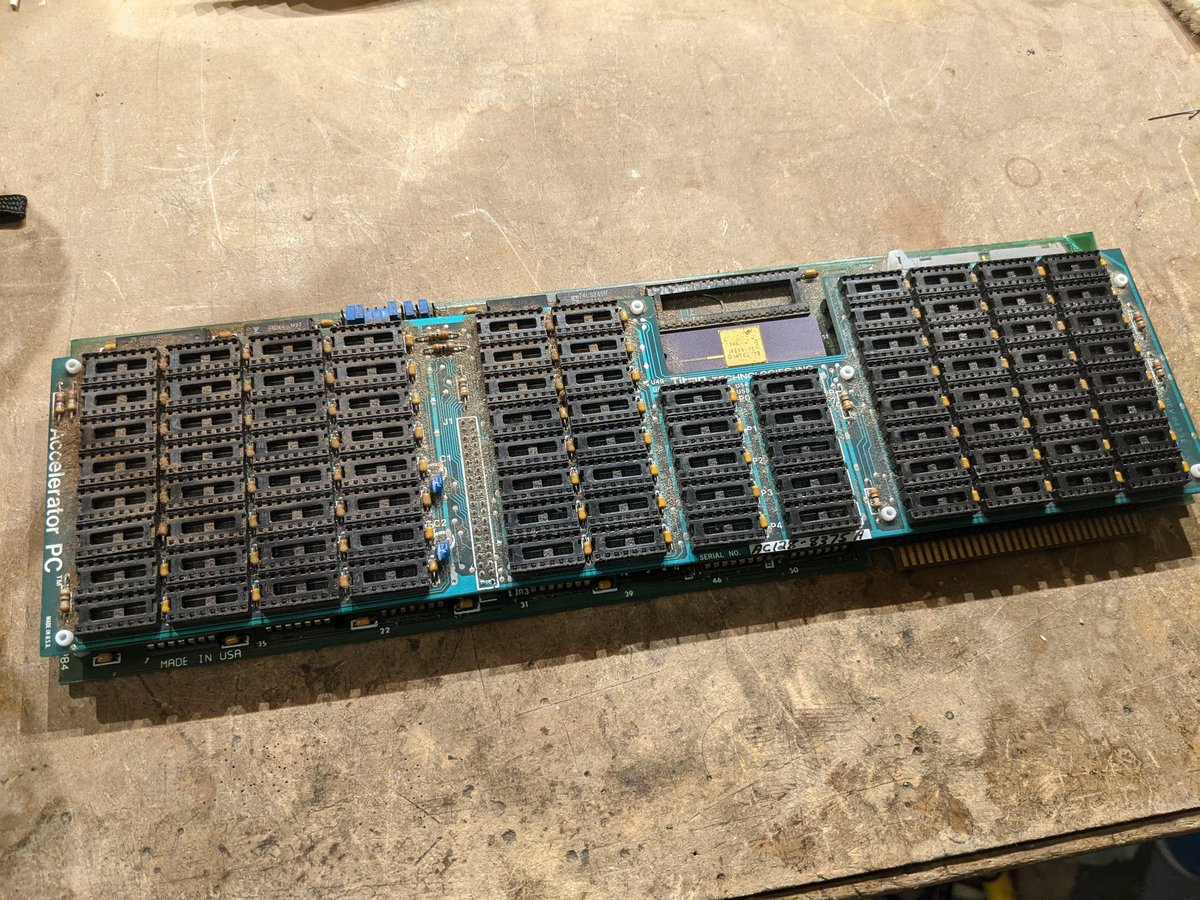
someone showed me this video. naturally, i wanted to pile on with an explanation, but i'm gonna take a slightly different tack. short 🧵 

(video link if you want to watch it.)
it's basically this contrived problem: a really long set of wires, a battery, a switch, and a light bulb. 

close the switch, and how long does it take for the light bulb to turn on? i mean everyone who had high school physics played around with batteries, switches, and light bulbs. naturally it's not that simple, because nobody plays with wires that long
@eevblog has a pretty long explanation, so go ahead and watch that too (where do you folks get the time to watch all this stuff anyway?)
the original video reminded me of a lot of stuff i learned about Poynting vectors and EM fields that i rarely use and subsequently forgot. but circuits people like me don't really work with fields, so i'm giving myself a pass. sorry Dave, most EEs aren't great with fields.
the first key thing to understand is that this is *NOT* a DC circuit! you might think it is, but because we're dealing with a propagation time from a switch closure, this is fundamentally a transient analysis. 

a DC circuit would be a battery, a light bulb, two really long pieces of superconducting wire, and the bulb is on and just sits there in a very boring way so we'll not talk about that anymore.
if you look at the switch, closing it means you switch instantaneously from one state to another. the horizontal axis (not shown) here is time. 

i'm lazy so i ripped this photo off from the internet. the switch closure *event* is not DC -- take a look at that frequency response! 

so what do we know about AC? well, a capacitor looks like a short circuit, and an inductor looks like an open circuit. so is this voltage step going to travel 234234234 miles to make the loop through hordes of lumped inductors, or is it going to take a short cut across this cap? 

yeah the lower frequency components will be able to take a slightly longer path as well. there's current sharing going on. a lot of it goes through the shortest path, but (as the frequency goes down) some more current goes through these other paths as well 

so basically you get this ripple effect that spreads out from the area right next to the battery/switch/bulb.
and that is how you get from transmission lines back to fields 😁
and that is how you get from transmission lines back to fields 😁

aaaaaaaaaaaaaaalmost forgot: as Dave says over and over again, this whole contrived problem depends on the weird shape of the circuit--those wires that are 1 meter apart. if it were a giant circuit of wire 1 light year in diameter, then you have an entirely different problem! 

• • •
Missing some Tweet in this thread? You can try to
force a refresh





















